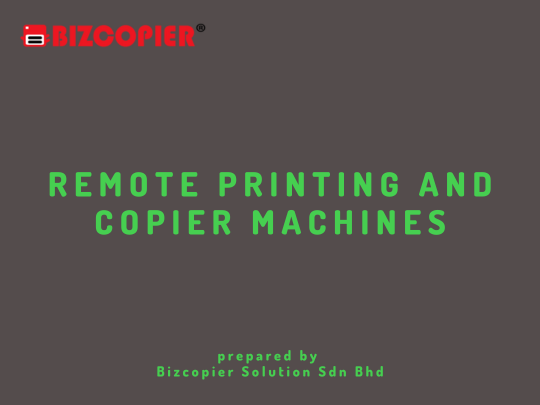
Reap the Rewards: Why Good Selection Matters
In today’s competitive landscape, talent is king. But simply having talented people isn’t enough. You need the right talent – individuals who are a perfect fit for your company culture, possess the necessary skills, and share your vision for the future. Here’s how meticulous selection translates into real-world benefits: 1. A Competitive Advantage: Imagine a team brimming with creativity, expertise, and a collaborative spirit. This dream team tackles challenges head-on, develops innovative solutions, and propels your company ahead of the competition. 2. Enhanced Customer Experience: Highly engaged and skilled employees translate into a more positive customer experience. They are passionate brand advocates who go the extra mile to ensure customer satisfaction, fostering loyalty and repeat business. 3. Increased Productivity and Efficiency: The right people are self-motivated and possess the skills to perform their jobs effectively. They require less supervision, leading to streamlined workflows, improved project completion rates, and overall higher productivity. 4. Reduced Costs: A bad hiring decision can be a drain on your resources. The cost of recruitment, onboarding, and lost productivity due to a poor fit adds up quickly. Good selection minimizes these costs by ensuring you hire the right person from the outset. 5. Innovation and Growth: A diverse team with a variety of perspectives fosters a culture of innovation. Employees who bring fresh ideas and challenge the status quo are key to developing new products, services, and strategies that propel your business forward. 6. Improved Employee Morale: When team members feel valued, supported, and challenged, morale soars. They are more likely to be engaged, take ownership of their work, and contribute their best efforts. This positive work environment fosters collaboration and a sense of community. 7. Reduced Turnover: Hiring the right person from the start significantly reduces the risk of them leaving soon after. Investing in employee development and creating a positive work environment further enhances retention. This translates to lower recruitment costs, a focus on growth, and a more stable and experienced workforce. Good selection isn’t just about filling positions; it’s about building a foundation for long-term success. By investing in the right people, you create a win-win situation for your company, your employees, and your customers. *Other Model Available RICOH MPC3503/ MPC5503 | RICOH MPC3504/ MPC5504 CONTACT US: 03-3341 6296 | 018-788 6296 | 018-228 6296




Recent Comments